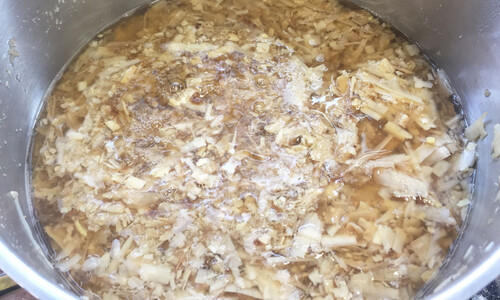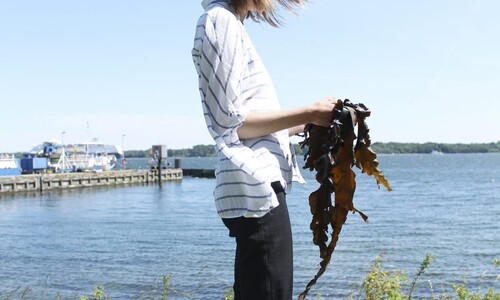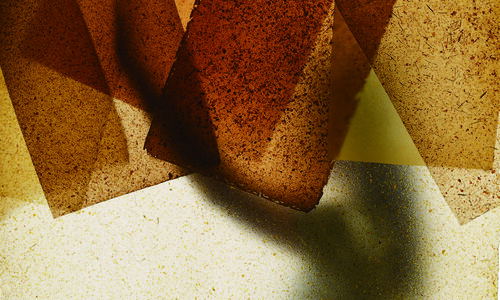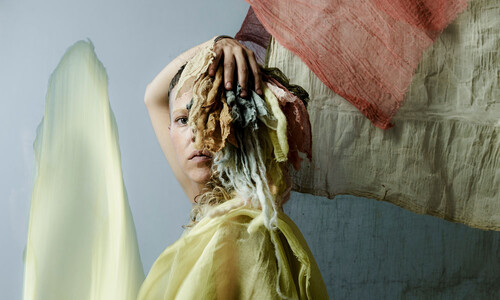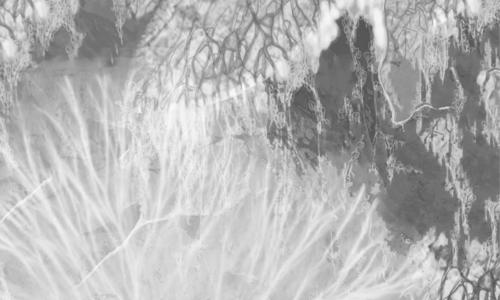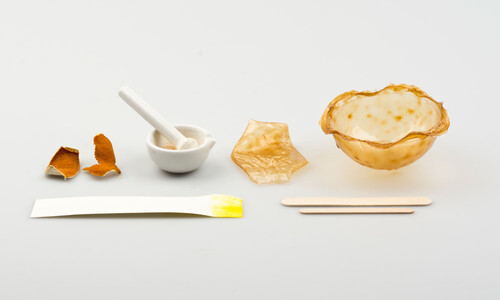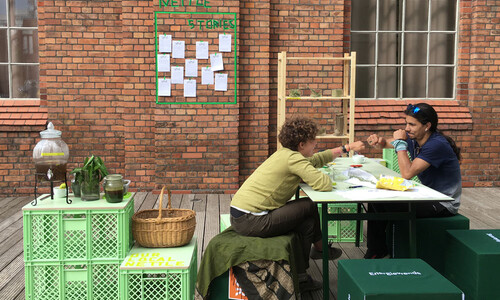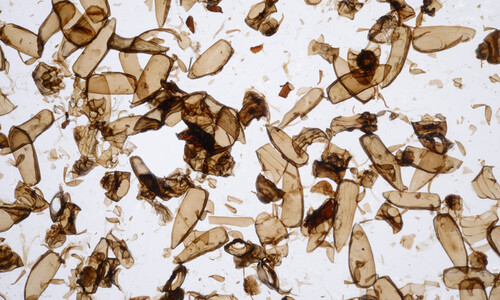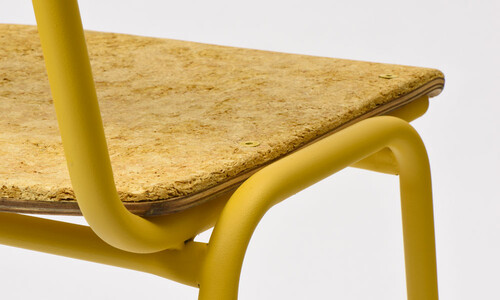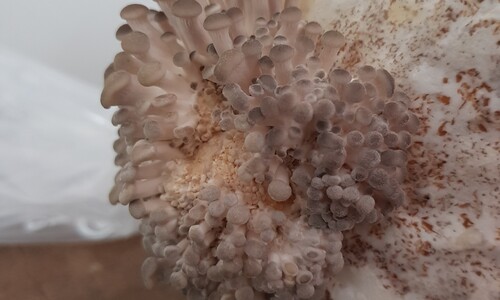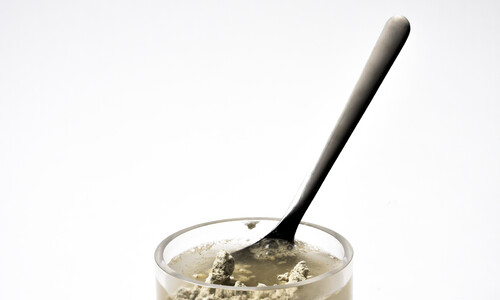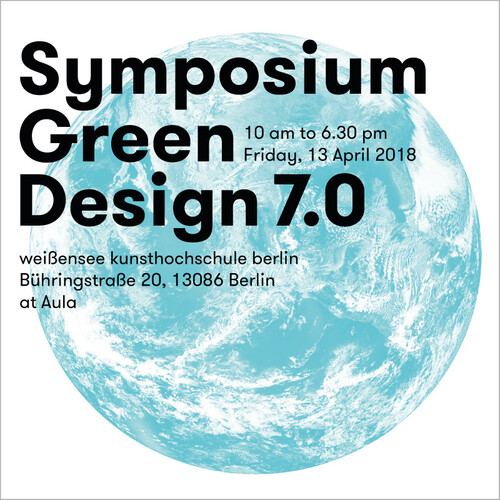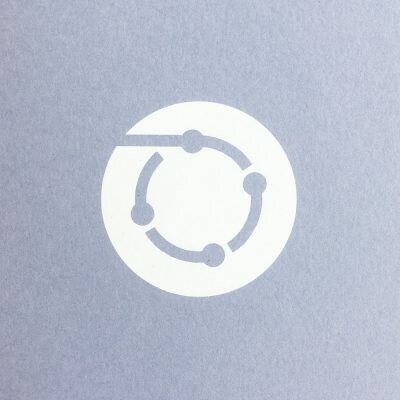
New Materials for a Circular Economy
*Our finite natural resources such as oil, coal, natural gas, metals, and minerals are diminishing, while the pressure on water and other organic resources continues to grow. How can we change the way we design, produce, consume, and discard materials in order to live within planetary boundaries?
During the summer semester 2018,greenlab focused on strategies that address the informed choice and application of materials within the context of design for sustainability. Participants of the project, students selected from the departments of Product Design, Textile and Surface Design, and Fashion Design at the weißensee kunsthochschule berlin, were encouraged to develop individual concepts, systems, prototypes and/or services by drawing on circular economy thinking.
In a symposium, in workshops and individual projects, greenlab explored opportunities afforded by natural and manmade materials, small-scale or industrial production methods, closed loop and open source systems, and the various scales of circularity from the local to the global. Cultural concepts – such as the difference between ‘natural' and ‘man-made’– were challenged by looking into the possibilities that new fields such as biotechnology offer us, in order to develop sustainable materials and products.
greenlab started the summer semester with the symposium ‘Material Cycles’ which took place on 13th of April 2018, and addressed critical issues and developments within the field of circular design 1.
Students received extensive information about concepts, strategies and practices regarding sustainability from the perspective of designers, technologists, and practitioners working in the areas of ecological design and the circular economy.
A focus was set on innovative concepts and practices and on the social and economic potential of sustainable and ecologically sound production methods, their potential impact on our everyday lives, and the role of design and designers within this context.
The symposium addressed five sub-themes:- material choices - natural and man-made – their origins and impact during material lifecycles of use and disposal*
- state-of-the-art strategies for circular design: the creation, production and use of products, through design case studies
- various scales of circularity from the local to the global
- closed loop, circular flows and open source systems
- visions and new developments with a particular focus on possibilities offered by biotechnology
Funding by Berliner Programm zur Förderung der Chancengleichheit für Frauen in Forschung und Lehre (BCP)

